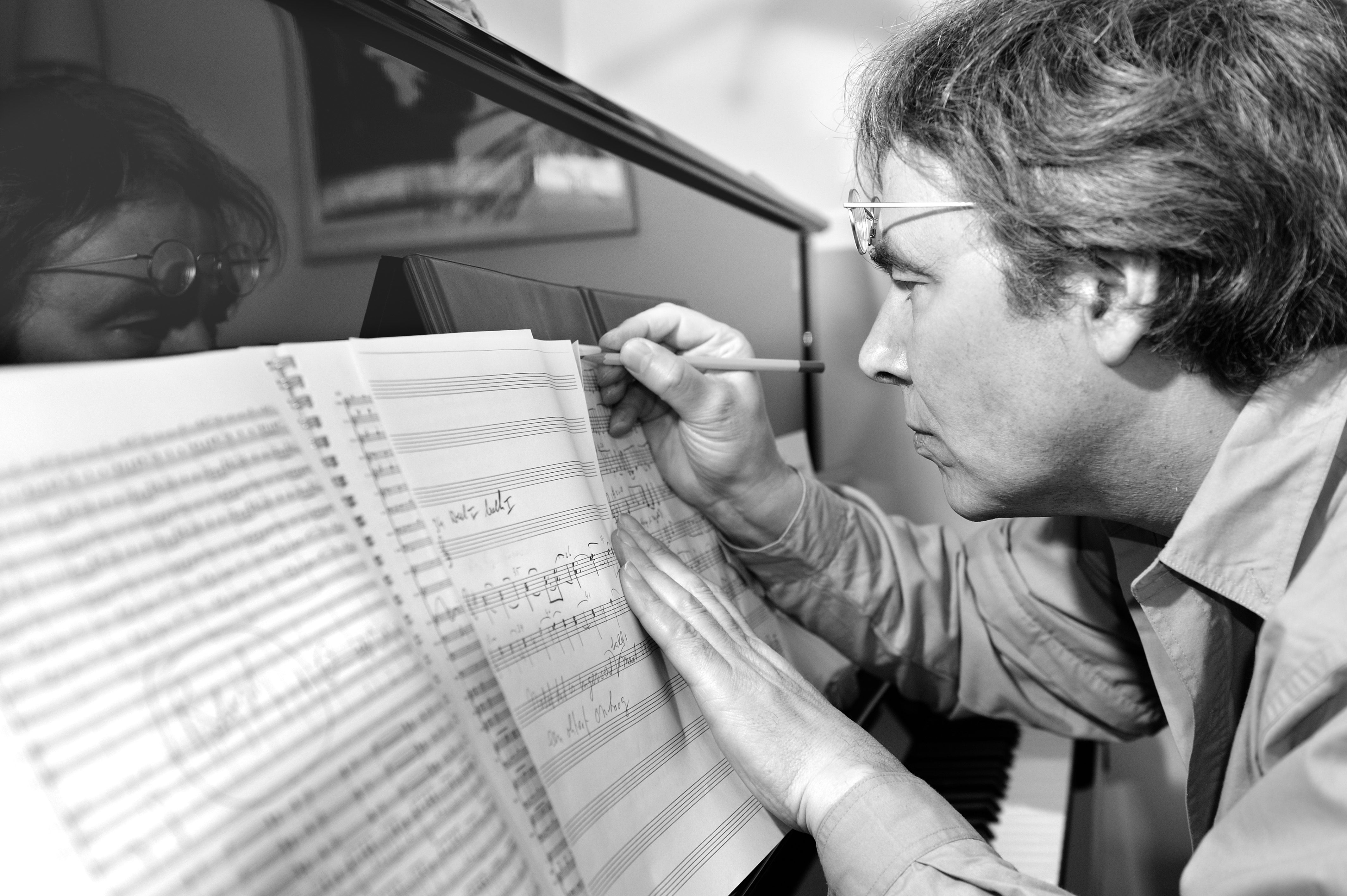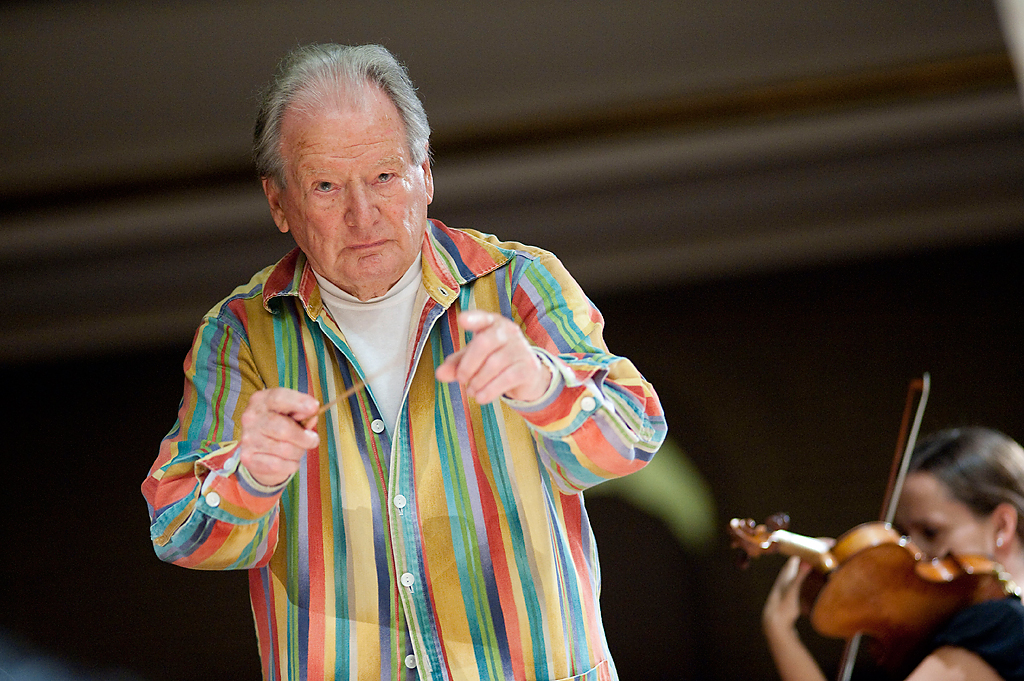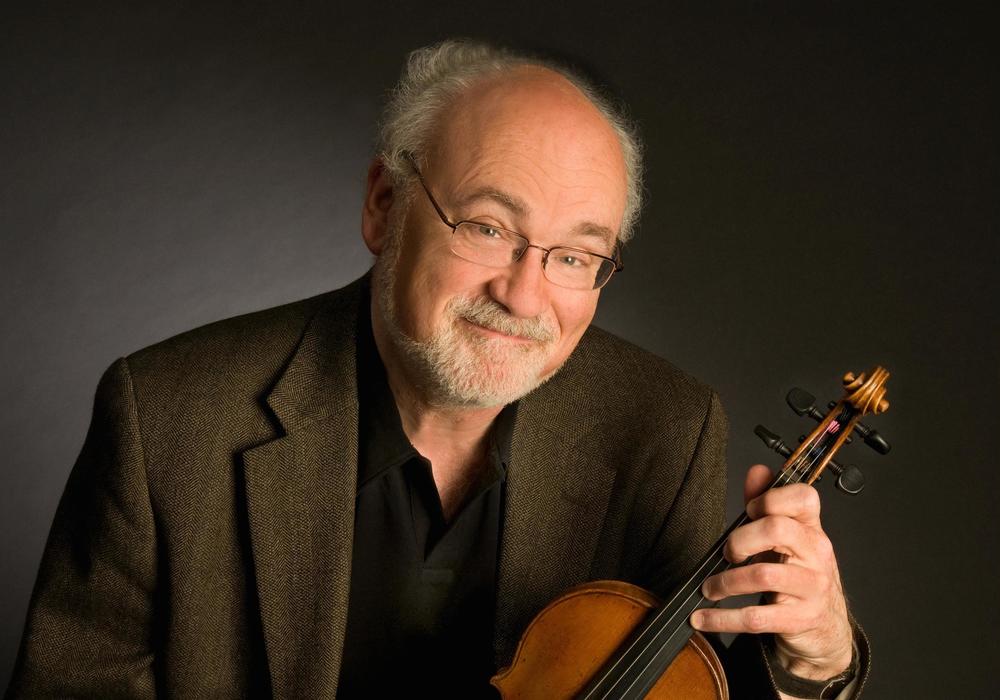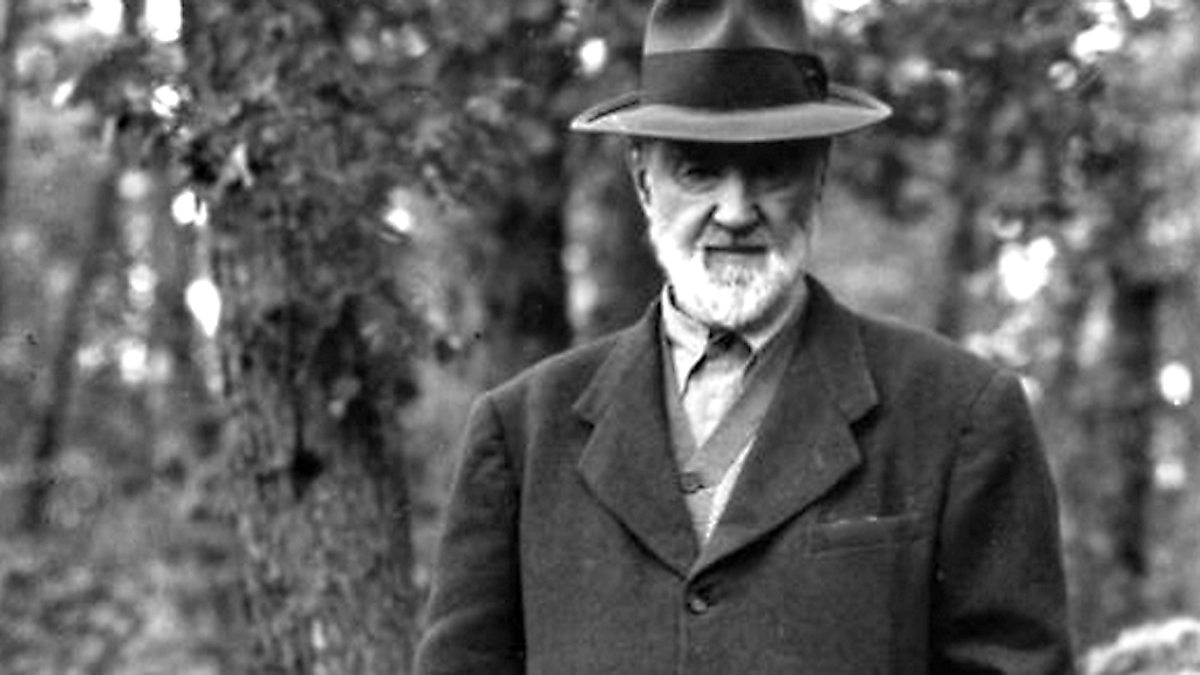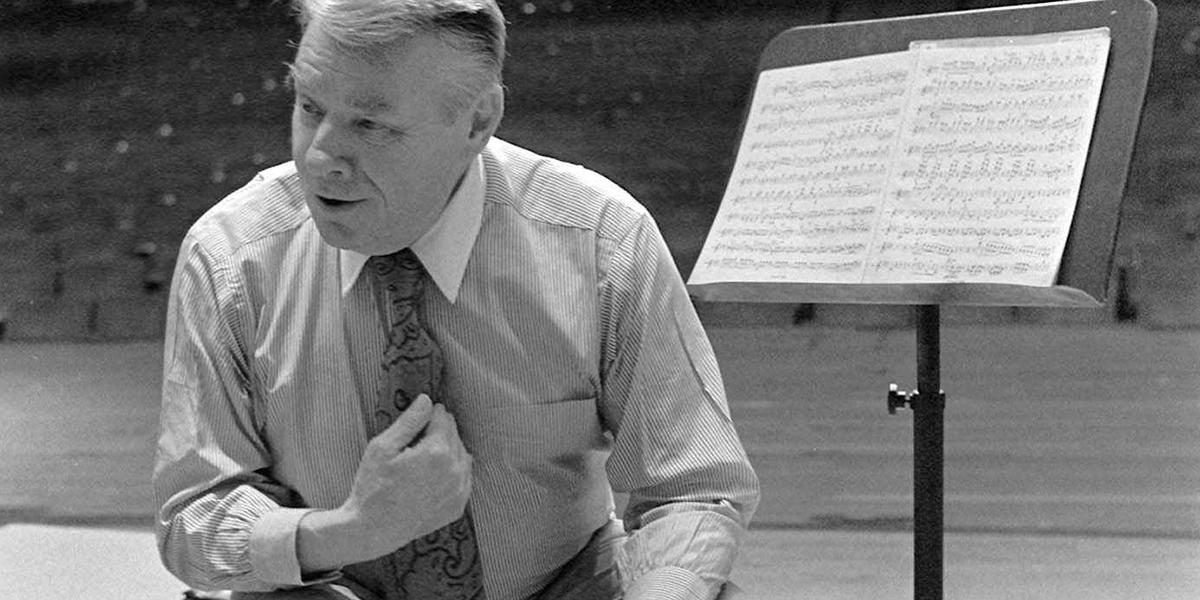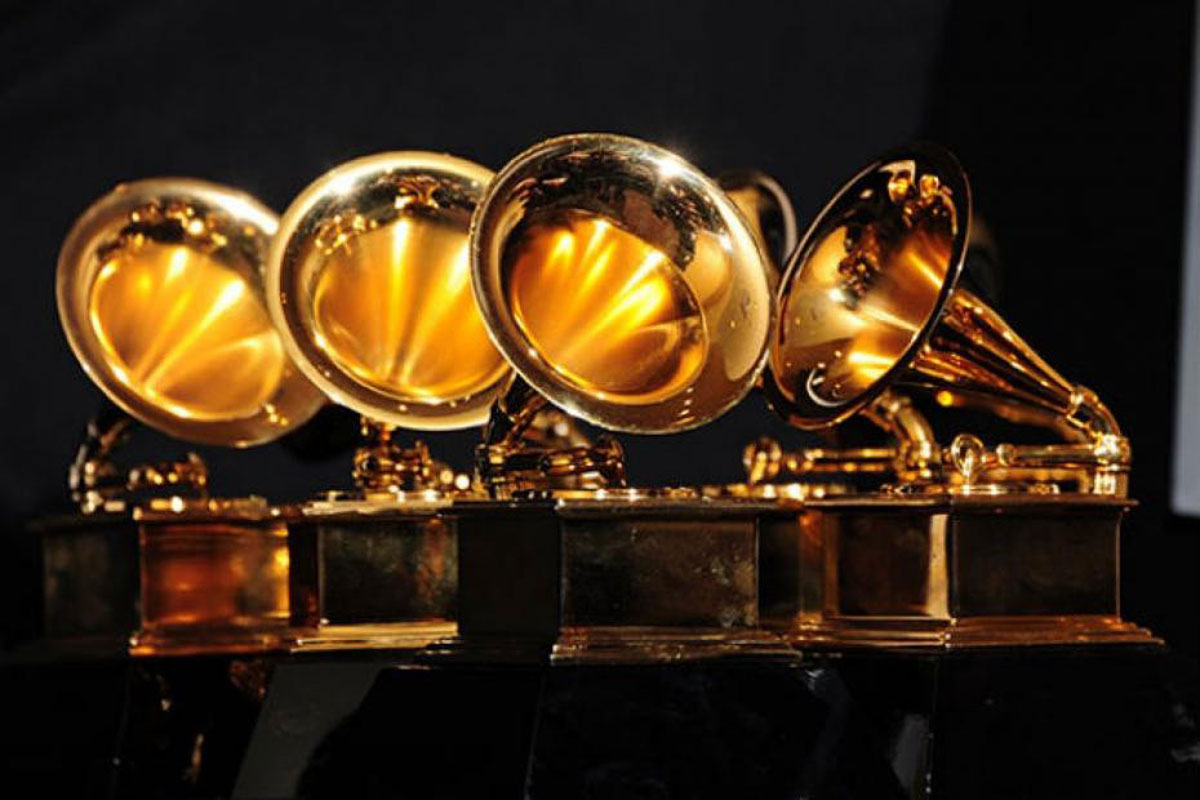Back to the Future: The New Spirituality of Joep Franssens
“Our new century is the most exciting time to be making and listening to music.” That’s the bold statement Frank J. Oteri makes in an article that appeared last week at NewMusicBox. He characterizes our hyper-connected twenty-first century world as a place where boundaries disappear. Here is an excerpt: For listeners, there’s more music to hear than ever before–and it’s happening all over the world. Of course, it always has, but nowadays, it’s not limited to …

